Australia So Much to See


Sturt National Park
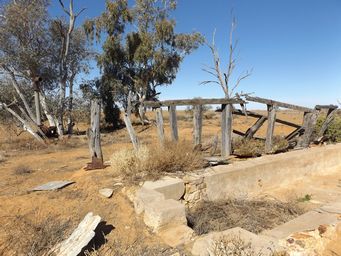
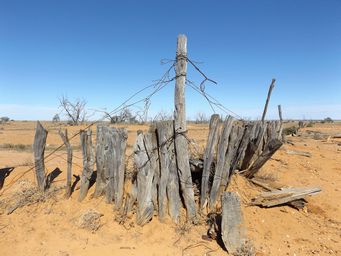
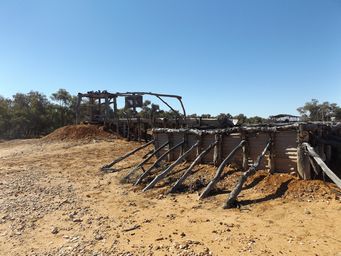
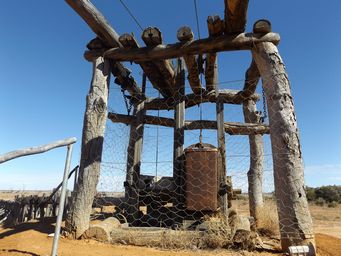
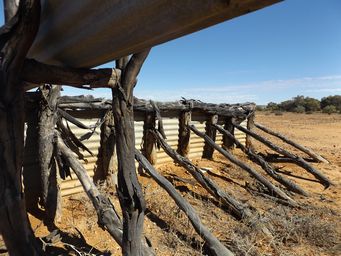
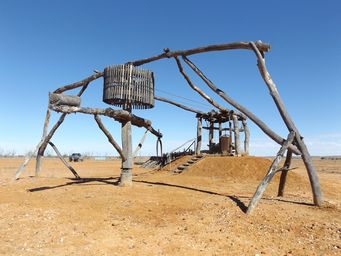
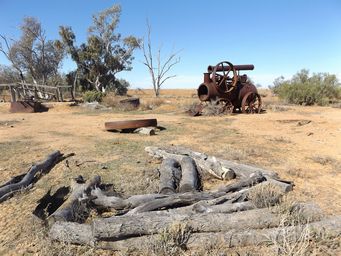
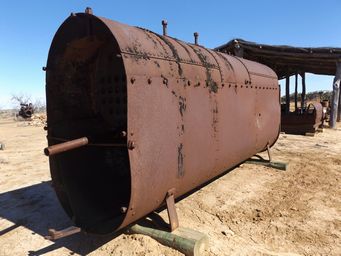
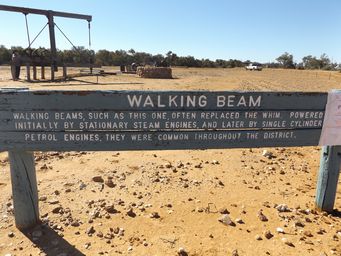


We travelled east on the Wanaaring Road for twenty kilometres before turning north into the Sturt National Park (east side) onto the
Gorge Loop Road.
Turning into Pastoral Heritage Drive, we came to an outdoor museum at the site of the Mount Wood station
former Woolscour. Signs show how the Woolscour worked and relics are still there.
See a reconstructed horse driven Whim water pumping system. How did the Whim work? A horse would have to walk around in a circle
all day to work the pump. The harness hitch in photo below right shows where the horse was tethered, and the cable
to driving the lifting mechanism is across the top pf the structure. What a boring life for the poor horse.
As mechanisation began, the Whim was replaced on stations by the Walking Beam (below), a pumping system powered at first by a stationery
steam engine, then by a petrol motor.
Burke and Wills crossed the area which became Mount Wood Station, and now is the eastern part of the Sturt National Park, on their
1860 – 1861 exploratory journey. After leaving some of the party at Burke and Wills Camp Menindee Lakes, Burke and Wills continued
north on their trek to the Gulf of Carpentaria. On the return journey, both Burke and Wills died within days of each other,
near Coopers Creek. Altogether, seven men from this expedition died on the journey, and only one man, John King, completed
the journey to the Gulf and back to Melbourne, after having been cared for by Aborigines until he was found and helped to return to
Melbourne. King later died of tuberculosis at the age of 34.